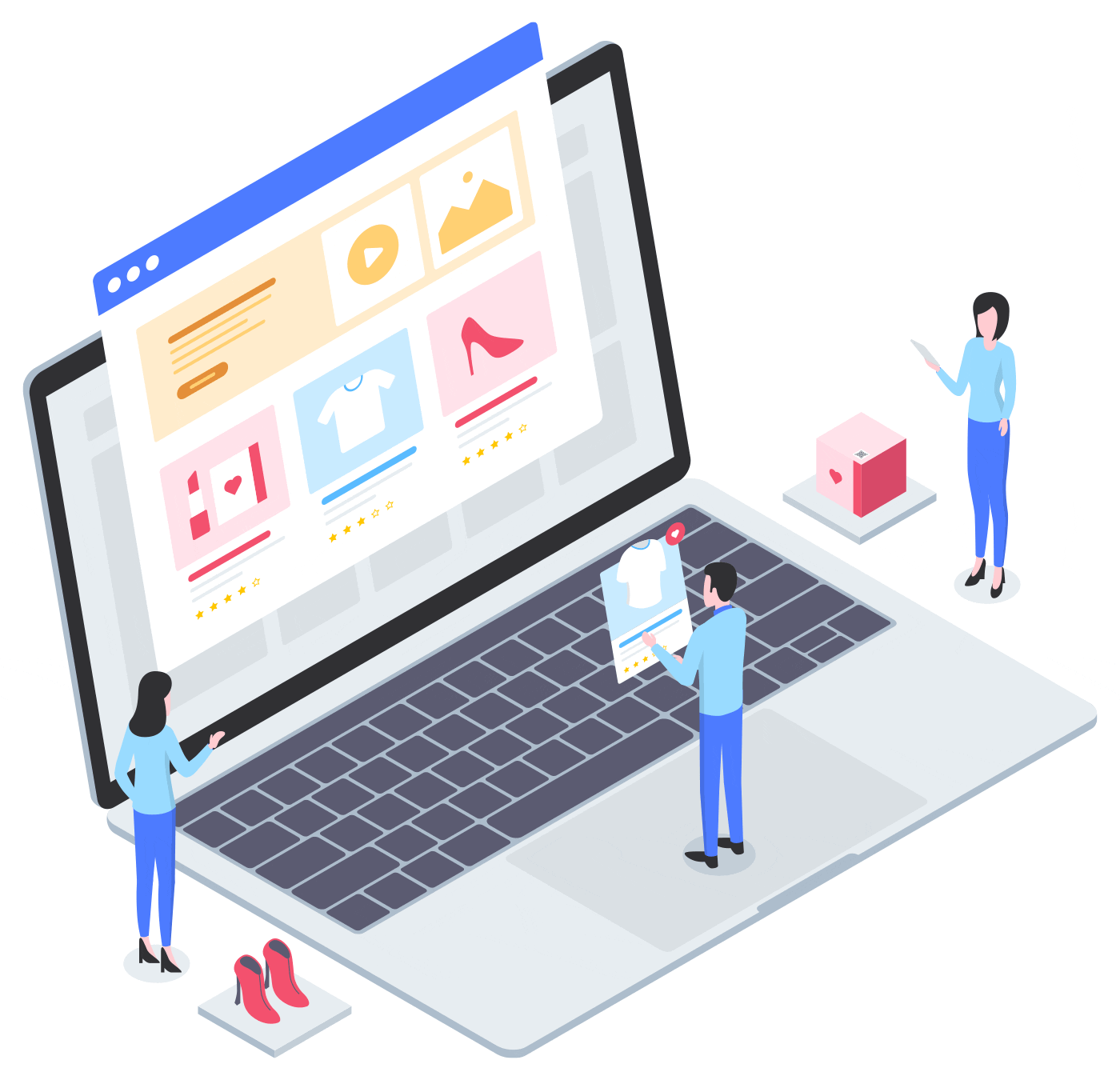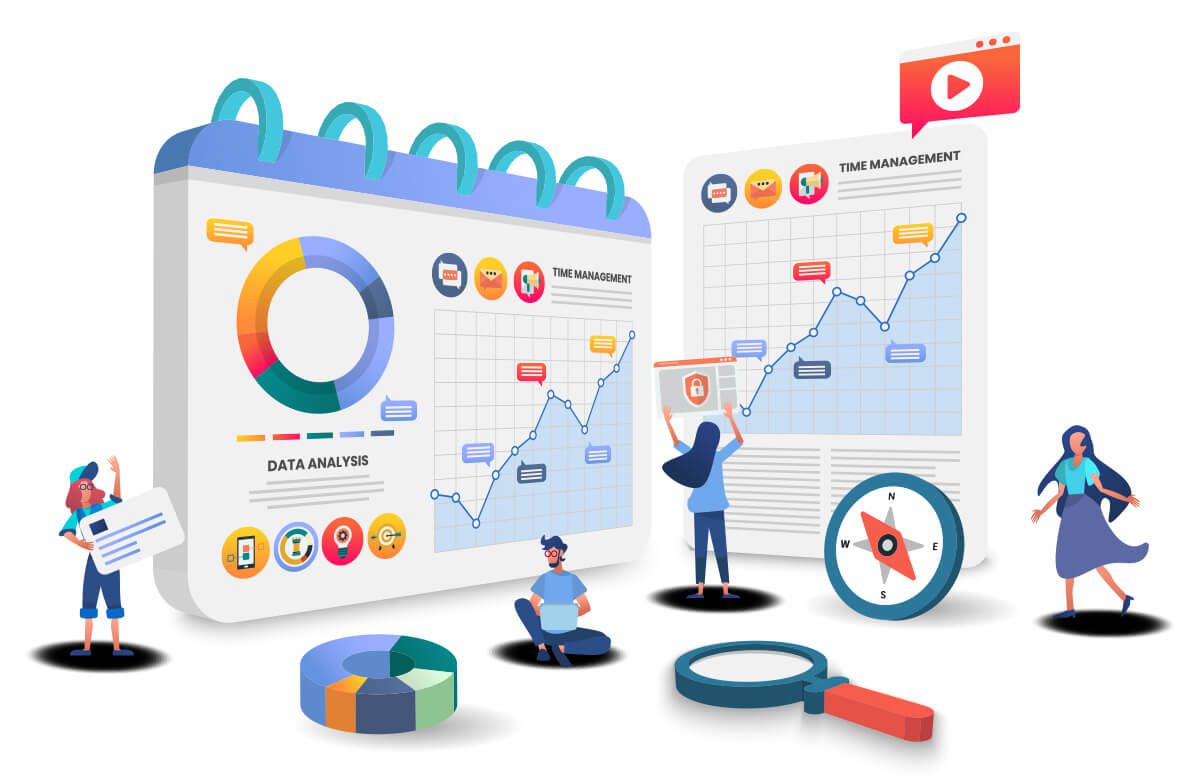
Case Study
E-Commerce Website Design: Strategies for Boosting Sales and Conversions
PUBLISHED:September 26, 2023
A well-designed website can make all the difference in the fiercely competitive and constantly changing world of e-commerce, where user attention spans are short. Your e-commerce website serves as both your major sales and conversion tool and also as a virtual storefront. You must use efficient tactics for increasing sales and conversions through careful website design if you want to succeed in the current digital era.
The Power of First Impressions
As the saying goes, first impressions are irreversible. A visitor’s first impression of your Best Incrementors E-commerce Website can have a big impact on whether they decide to stay and make a purchase or leave and click somewhere else. Therefore, it’s essential to concentrate on the following elements of your website’s design:
Simple and Clear Layout
A cluttered and perplexing layout might instantly turn people away. Your website should have a simple, user-friendly layout that leads visitors through the purchasing process. Make sure the product categories are clearly structured and the navigation menus are simple to use.
Superior Images
E-commerce depends heavily on visuals. Invest in professional product photos and films that show off your products from a variety of perspectives and clearly show off their features. Professional images inspire confidence and assist clients in making well-informed choices.
Mobile Friendliness
Your website needs to be responsive and optimized for multiple screen sizes because more and more customers are making purchases using mobile devices. For reaching a larger audience and increasing conversions, a flawless mobile experience is crucial.
Streamlining the Shopping Experience
Making the purchase process as simple as possible is the next crucial step after luring people to stay on your website. This entails streamlining each step of the customer journey:
A simple search function
Install a capable search bar that can comprehend natural language queries and provide autocomplete options. Customers who use this feature are more likely to quickly find the products they’re looking for, which reduces frustration and boosts conversion rates.
Managing Carts Easily
Allow customers to quickly add, remove, or amend goods in their carts to streamline cart management. Make it simple for customers to verify their options before checking out by being upfront about the amount of things in the cart and the overall price.
Simple Checkout
Reduce the number of steps needed to execute a purchase. drastically fewer form fields and a one-page checkout process can drastically lower cart abandonment rates. Create guest checkout options to cater to customers who would rather not register an account.
Building Trust and Credibility
Gaining the confidence of Internet customers is crucial. Customers are frequently circumspect about where they spend their money online due to its anonymity. The following techniques will help you build credibility and trust:
Corporate Image
With a professional logo and consistent branding across your entire website, your company becomes more credible. Verify that your messaging and imagery accurately convey the essence and guiding principles of your company.
Customer Evaluations & Ratings
Displaying unbiased customer ratings and reviews for your products can affect consumer purchasing behaviour. To demonstrate your dedication to customer happiness, invite pleased customers to submit evaluations and swiftly address any unfavourable comments.
Safe Payment Methods
To reassure clients that their financial information is secure, give numerous secure payment choices and prominently display trust marks, such as SSL certificates and payment provider logos.
Personalization and Recommendations
Websites that sell products online can use user data to tailor the shopping experience and suggest products. When done correctly, this can greatly increase conversion rates and sales:
Personalized Product Suggestions
Implement algorithms that look at a customer’s browsing and purchasing history to make pertinent product recommendations. By including “Recommended for You” sections on their product sites, Amazon, for instance, has mastered this tactic.
Individualized Email Marketing
Gather email addresses and utilize them to provide tailored product recommendations, limited-time deals, and abandoned cart notifications. Customers who have abandoned your website can be re-engaged through personalized emails.
Adaptive Pricing
Think about dynamic pricing techniques that modify product prices in response to user behaviour, inventory levels, or demand. Conversions can be increased by strategically timing discounts and incentives.
Performance Optimization
A sluggish, unresponsive website might turn away visitors and lower your search engine rankings. Performance improvement is essential for retaining users and raising your site’s visibility:
Timely loading
For your website to load quickly, make an investment in dependable hosting, optimize your picture files, and use content delivery networks (CDNs). Any delay can cause users to abandon pages since they expect them to load quickly.
Optimizing for mobile
Mobile users may have smaller screens and constrained bandwidth. Make sure your website is mobile-friendly to ensure a seamless user experience and maintain low bounce rates.
A/B Testing
Conduct A/B testing frequently to assess various design components, including button positioning, colour schemes, and calls to action. Conversion rates may gradually improve as a result of data-driven decisions.
Customer Support and Engagement
Making first-time buyers into devoted customers can be done by offering first-rate customer service and engagement opportunities:
Live Talk
Set up a live chat function so that clients may ask questions right away. Quick responses can allay worries and assist customers in making wise purchases.
Frequently Asked Questions
Make a thorough FAQ section that answers typical consumer questions. This not only offers useful information but also lightens the load on your customer care staff.
The Use of Social Media
Your social media accounts and your e-commerce website should be connected. Involving clients, running promotions, and showcasing your items can all be done effectively through social media.
Continuous Improvement
What works today could not work tomorrow since the digital landscape is constantly evolving. Prioritize continuing updates to ensure the success of your e-commerce website:
Analysis of Analytics and Data
Review website statistics frequently to spot patterns, problems, and areas that could want improvement. To improve your Creative Website Design in NJ and marketing efforts, use data-driven insights.
Reactionary Loops
Encourage user comments and aggressively seek feedback on how users are finding your website. This input might highlight problems you might have missed and offer suggestions for improvements.
Conclusion
Your website design is a key component in generating sales and conversions in the cutthroat world of e-commerce. You can design a website that not only draws visitors but also turns them into devoted customers by concentrating on first impressions, streamlining the purchasing process, establishing credibility and trust, personalizing user experiences, optimizing performance, and offering first-rate customer service. Remember that e-commerce is a constantly changing industry, thus long-term success requires a dedication to ongoing improvement.





